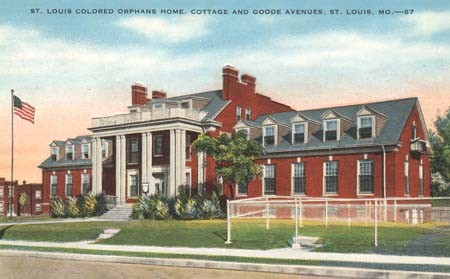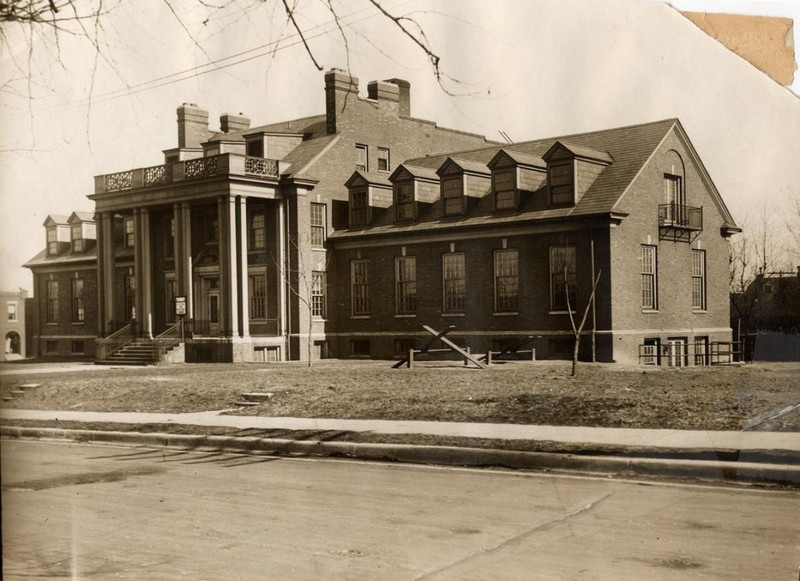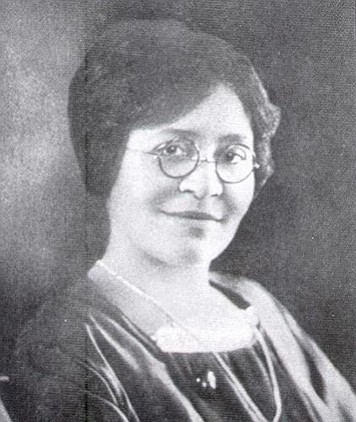Annie Malone Children and Family Services
Introduction
Text-to-speech Audio
Images



Backstory and Context
Text-to-speech Audio
On February 23, 1887 a group of women from the Women’s Christian Temperance Association resolved to form an association to address the plight of Black orphans in the city of St. Louis, Missouri. Investigations revealed that Black orphans were typically relegated to poorhouses and often were forced to work for a living from an early age. Although the group enjoyed the sponsorship of the Christian Temperance Union, its decision to establish the city’s first home for Black orphans necessitated a separate incorporation.
In 1888, the St. Louis Colored Orphans Home was founded with Mrs. Sarah Newton Cohran serving as the first president. Mrs. Cohran, now remarried to a Baptist minister, was the widow of Charles Newton, one of the first Black school administrators in St. Louis. According to the official history of the Annie Malone Children’s Home, Mrs. Cohran used her influence with the president of Boatmen’s Bank to transfer the ownership of the Negro Civil War Veterans Home to the new St. Louis Colored Orphan’s Home. The Home remained in this location until 1901, when a house at 4316 Natural Bridge was purchased with the help of private investors. By 1919, however, urban life had surrounded the house, which came to be condemned by the city. At this time, the Home was beginning to experience financial difficulties, but the entrepreneurial success of one woman would help to bring new life to the Home.
Born in 1869 in Metropolis, Illinois, Annie Minerva Turnbo Malone began a cosmetics business for Black women out of a small house in Lovejoy, Illinois in 1900. Early success prompted Malone to move to St. Louis in 1902 to the Mill Creek Valley area, an early alighting place for new Black arrivals into the city with its own “Negro Business District”. Malone’s decision in 1918 to move her cosmetics company to the area of St. Louis known as the Ville was a calculated move to take advantage of the growth of a middle-class Black enclave in north St. Louis. After funding the construction of a building for her Poor College, a place where Black women could take beauty and cosmetics classes, Malone turned her attention to the civic concerns in her new neighborhood.
The plight of the St. Louis Colored Orphans Home attracted Malone’s attention, and in 1919she became the President of the Board, a position she would hold until 1943. Malone, on her way to one of the few self-made women millionaires in the history of St. Louis, donated $10,000 toward the purchase of the land where the current Annie Malone Children and Family Services facility is located. In 1946, the Home changed its name to honor and show gratitude to Malone for her years of service and support. The Home no longer holds records from this historic period, but it is clear from oral histories and newspapers that the significance of the institution goes beyond the number of children it served. The Annie Malone Children’s Home was a source of pride and a rallying point for the local Black community.
Cite This Entry
Browning, Sara. "Annie Malone Children and Family Services." Clio: Your Guide to History. January 22, 2021. Accessed April 13, 2025. https://theclio.com/tour/2543/30
Sources
St. Louis Colored Orphans Home, National Register of Historic Places. Accessed December 16th 2020. https://catalog.archives.gov/id/63818098.
About, Annie Malone Children and Family Services. Accessed January 21st 2021. https://www.anniemalone.com/about.

